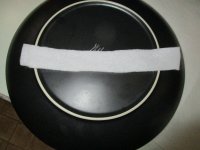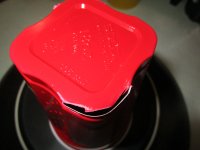Tynehead Tom
Well-known member
I'm at nearing 52north in western canada and we have red wigglers and big earth worms. By big I mean up to 1/4inch thick and 3 to 6 inches long when they are not stretched out.
If I put an object on the ground , covering a section of grass like say a piece of plywood, and I wait a couple weeks. When I lift that plywood there will be big worms everywhere and they leave surprisingly large casting clumps. Silly me I have never put my mind to collecting the castings. Our ground here is so alkaline I figured the castings would be too?
I also hunt deer as I only eat wild meat and the pics posted of castings above are not from any deer species I have become familiar with thru hunting or simple research.
cool thread..... I just might have to try this.
If I put an object on the ground , covering a section of grass like say a piece of plywood, and I wait a couple weeks. When I lift that plywood there will be big worms everywhere and they leave surprisingly large casting clumps. Silly me I have never put my mind to collecting the castings. Our ground here is so alkaline I figured the castings would be too?
I also hunt deer as I only eat wild meat and the pics posted of castings above are not from any deer species I have become familiar with thru hunting or simple research.
cool thread..... I just might have to try this.








